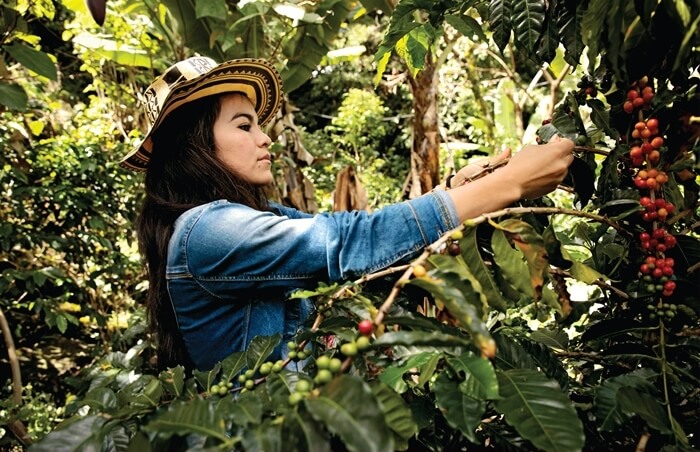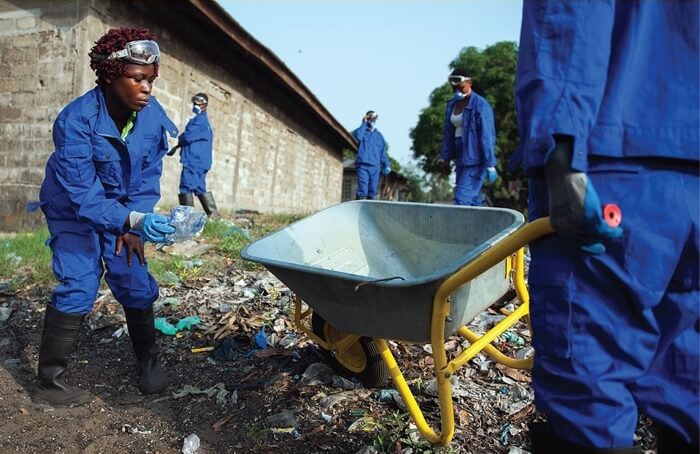Excerpt from hakaimagazine.com
On the southern tip of Galiano Island, a diagonal, 28-kilometer-long strip of land suspended off the coast of southern British Columbia, a thicket of Douglas fir thins to a small clearing overlooking Active Pass. A layered vista of darkly green Gulf Islands—the archipelago of which Galiano is a part—extends in every direction. Directly below the viewpoint, the blare of a ferry’s horn alerts us to a boatload of passengers headed for the nearby city of Vancouver.
“This is the spot,” says Andrew Simon, a naturalist. “I’ll let you find it.”
A mosaic of ground-cover plants makes a living carpet. I recognize only one of them: tiny spears of common pincushion moss spring from their leafy bedding, patched together against the dirt and bedrock. Then I spot a yellowy moss turned crisp from a dry summer and ask Simon if that’s the one we’re looking for.
He furrows his brow. “No, that’s Niphotrichum elongatum,” he says. It’s another of the more ordinary rock mosses of the Pacific Northwest coast. Simon has brought me here in search of Triquetrella californica, a far rarer moss. “It’s a small, inconspicuous thing,” he says. “But it is beautiful.”

Island Innovation is a social enterprise and digital media company at the intersection of sustainable development and communications, offering specialised services across various sectors. We bring together the private sector, government, utilities, NGOs and universities to advance innovation for sustainability and prosperity in islands worldwide.















